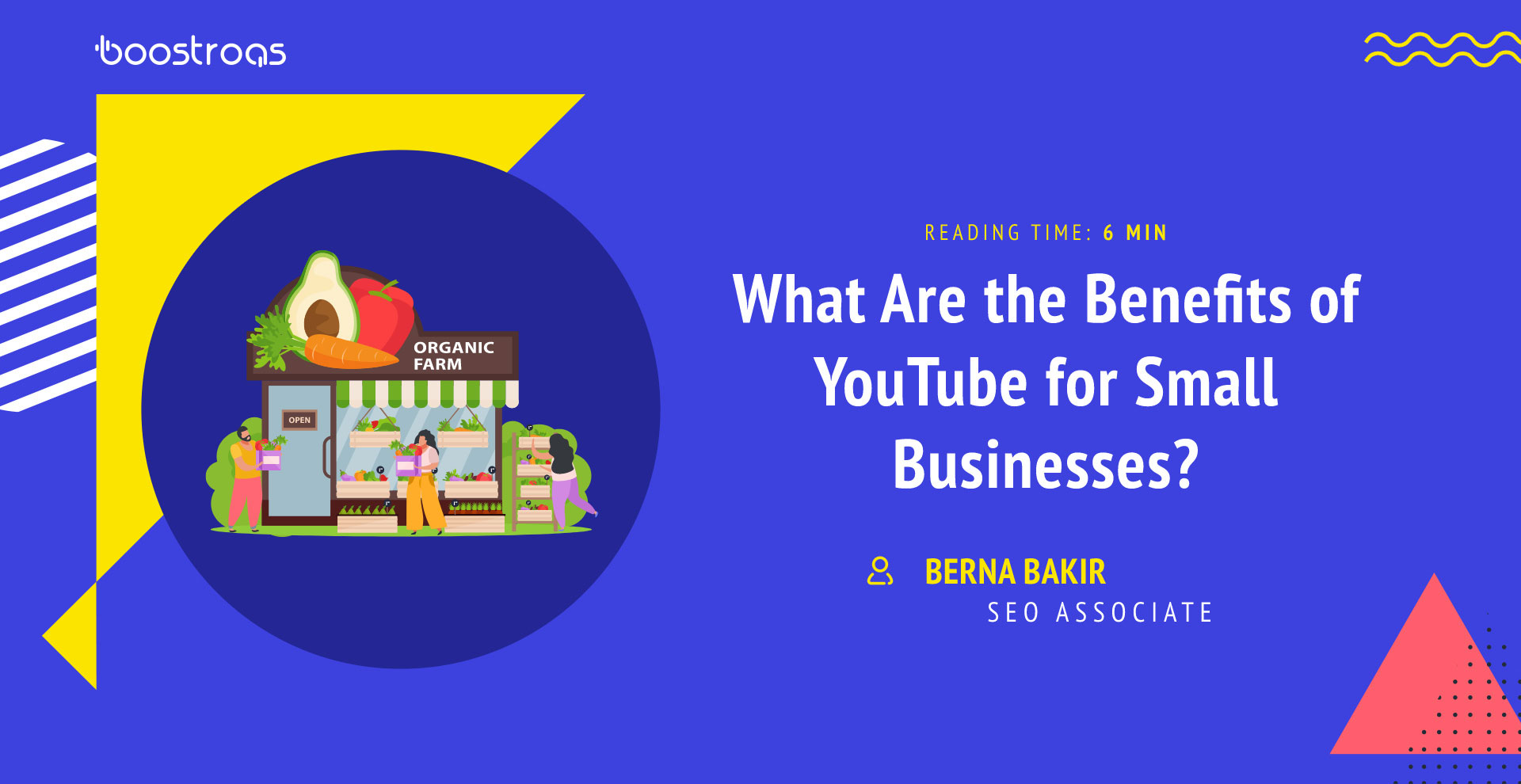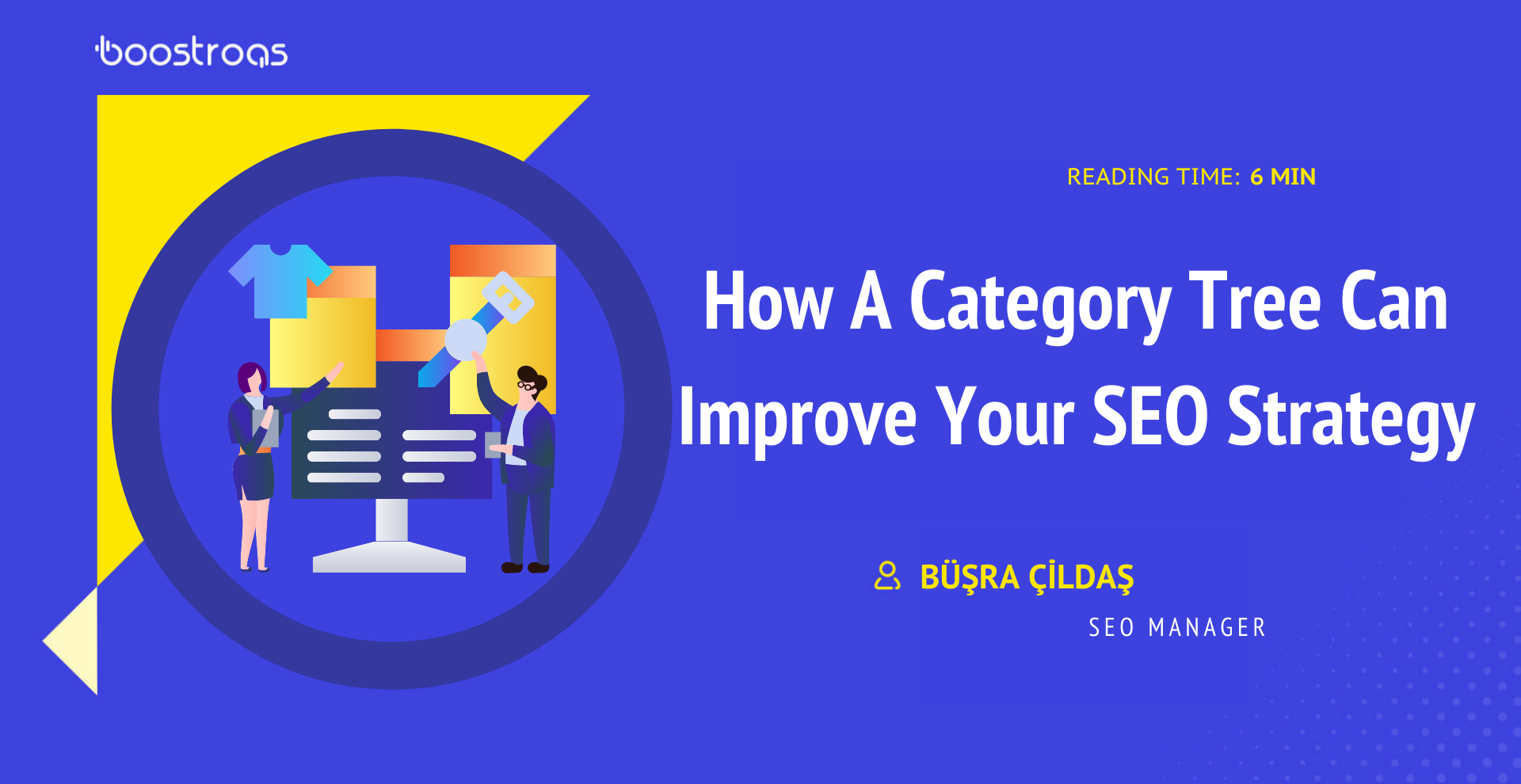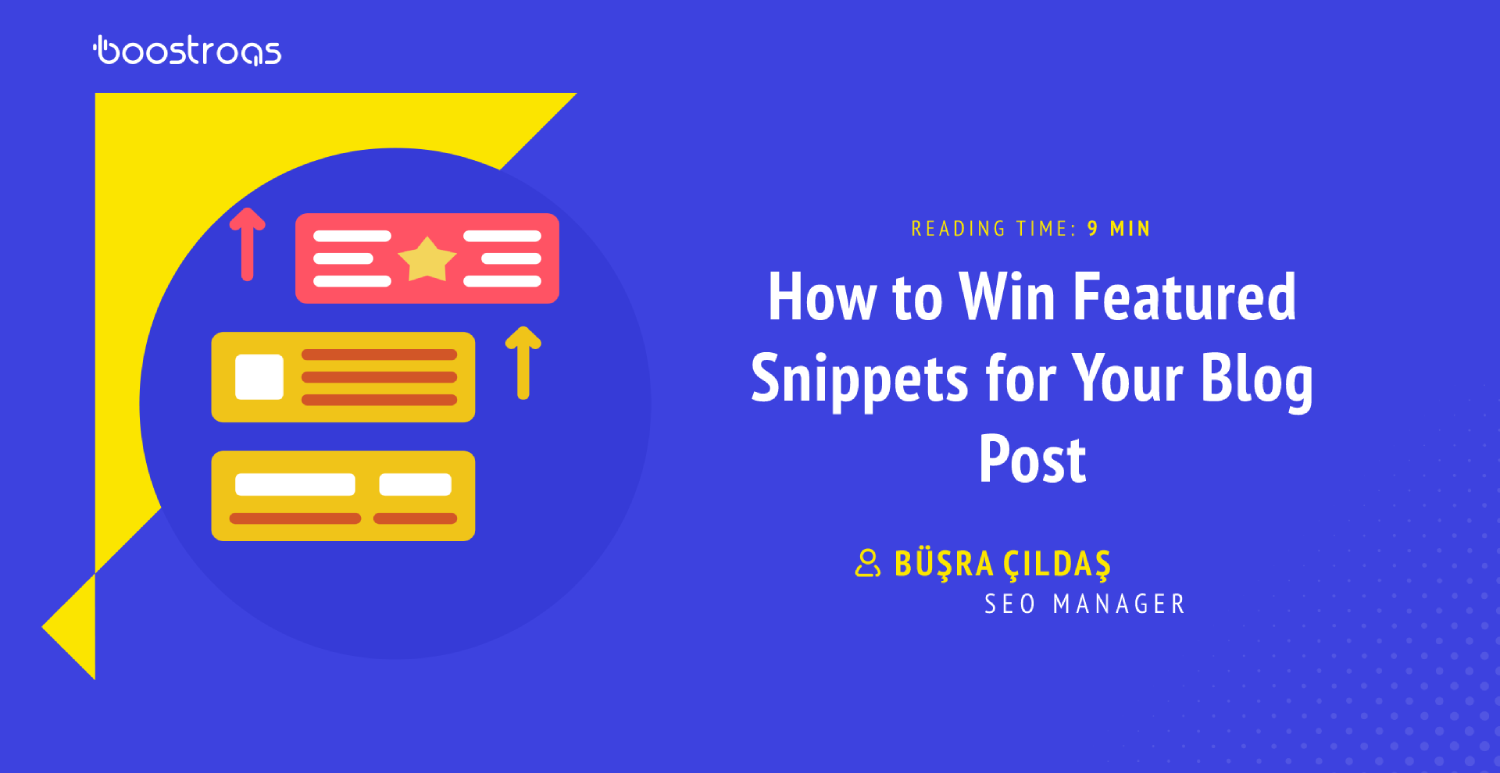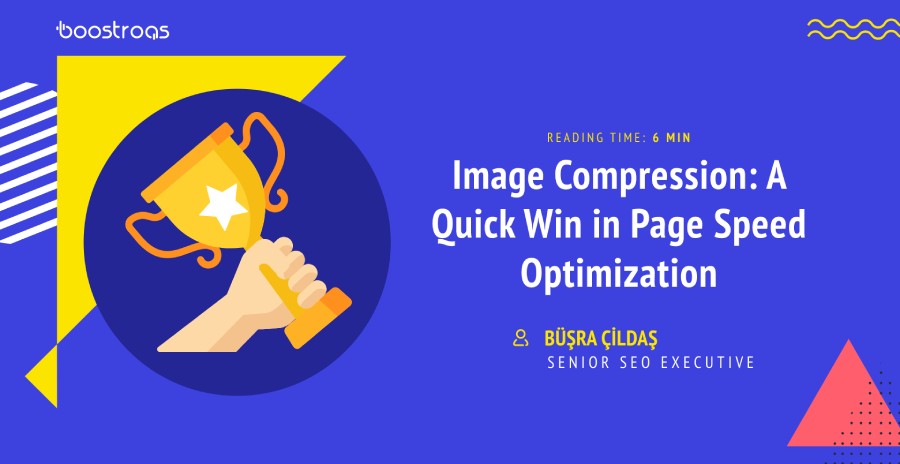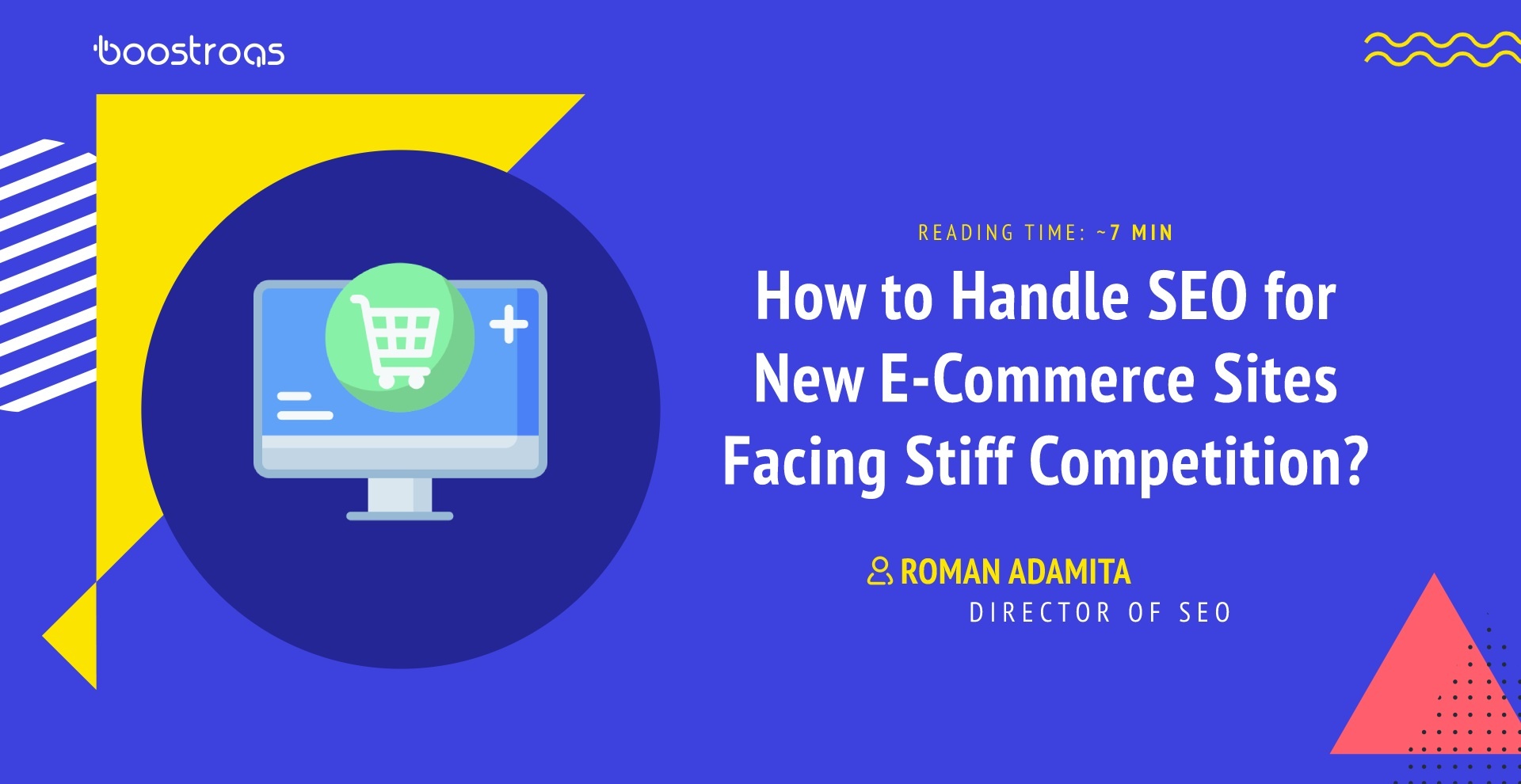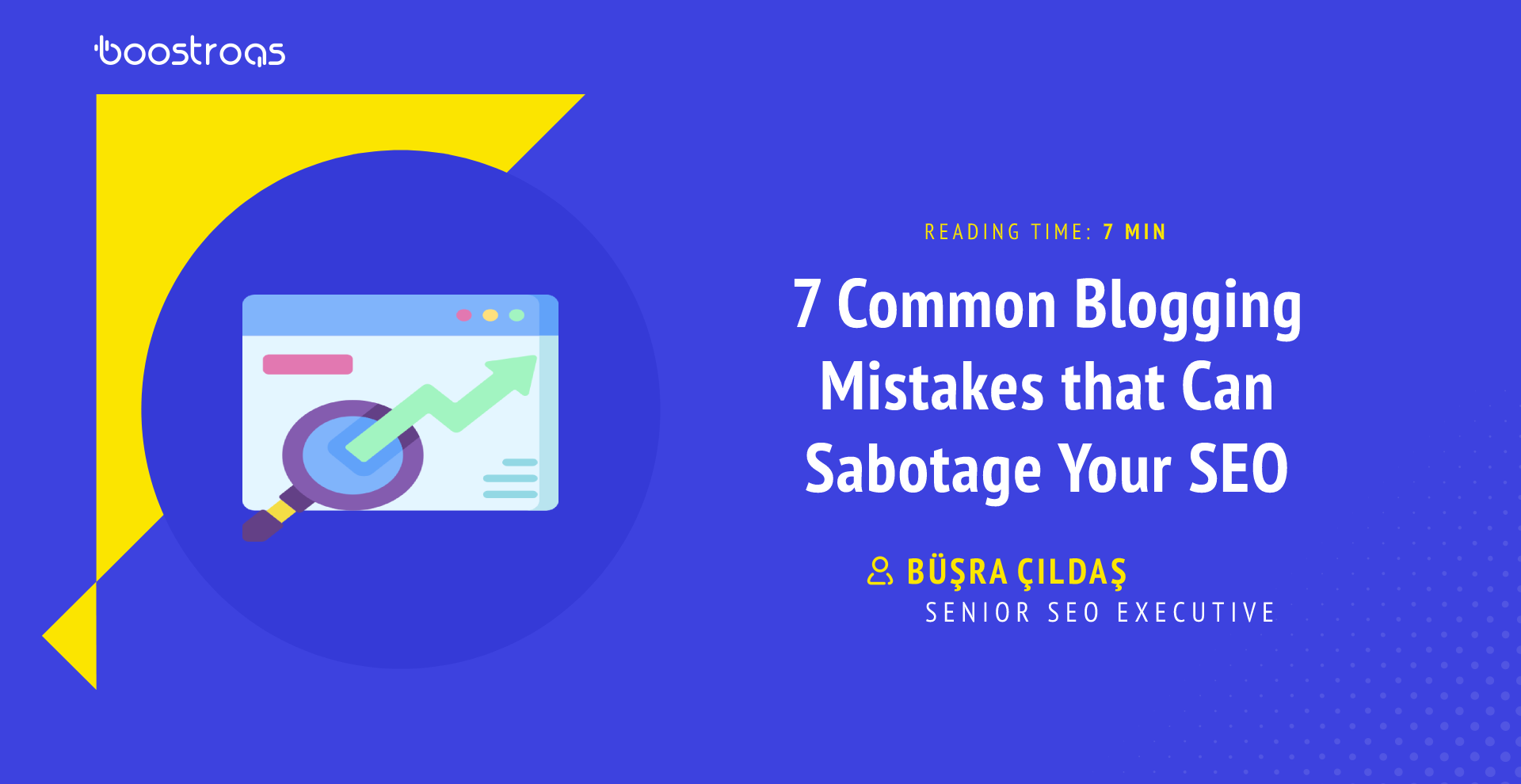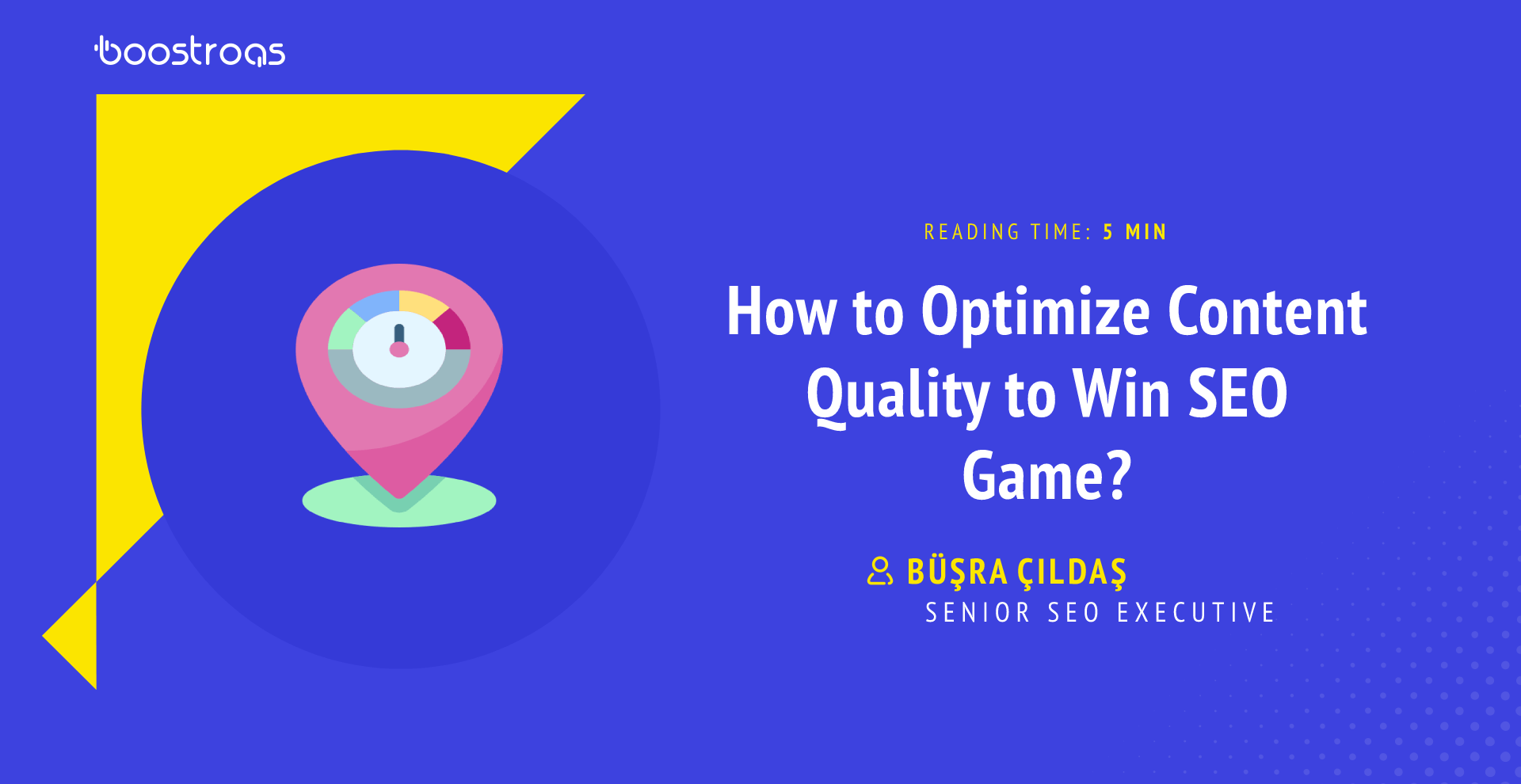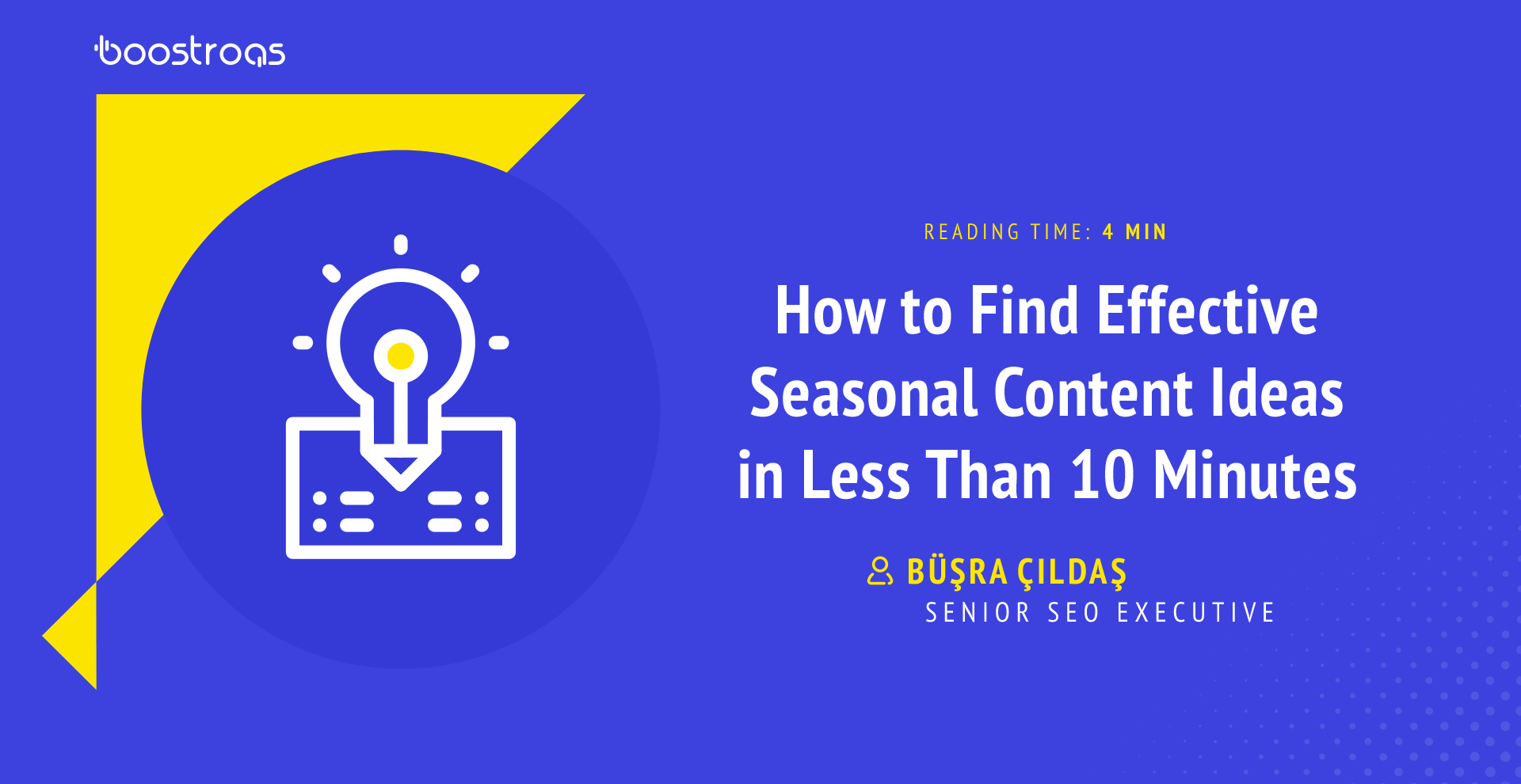Follow us :

You established your company blog, and you are ready to create fancy blog articles and get some traffic to your website. You are confident about your business and believe that people looking for information will visit your website and finally decide to buy your service or product if you are lucky enough.
Of course, there are many dimensions of a successful blog, such as content strategy and editorial group, content personas, which I won’t go into details for this article. But have you ever thought about how you will outrank your competitors that have already published dozens of articles?
Since people consider blogs as one of the most trustworthy sources to gather information, you will have lots of competition out there trying to answer the questions people ask as much as possible.
Don’t worry; I am here to share 4 actionable steps that will help you to win your competitors’ visibility like a star.
Before diving into the details, I want to inform you that I will give a broader version of the topics I covered in our Weekly SEO live stream. If you would like to watch it:
[toc]
First Things First: Find Your Competitors
If you are a big pharmaceutical or retail company using offline marketing for long years, you probably know your potential customers as a result of big market research.
However, the dynamics of online marketing are different. You can spend less money to get more traffic if your organic visibility boosts, but the rules in SEO and content marketing change rapidly. You really need to act fast and make your visibility bigger and bigger. For this, you need to know your competitors.
Of course, you may not know the competition clearly if you are newbies who have just started their careers from scratch.
Why do you need to reach your toughest competitors’ top keywords?
The answer is so simple because you need them. Let me explain briefly.
While looking for traffic opportunities and content ideas, you don’t need to get lost and spend hours. You can visit your competitors’ websites and check out what they have published recently.
Then you can create your own content outline and try to say something more elaborate and useful than them. Thanks to that, you can get the traffic from the intent gap which your competitors haven’t answered yet and hopefully outrank them.
How can you find your competitors?
Well, you can always make a competitor analysis with the help of lovely SEO tools such as Semrush and Ahrefs.
In SEMrush, you can analyze your website via Domain Analysis. As well as organic traffic and keyword insights, this menu also provides you with a full list of possible competitors.
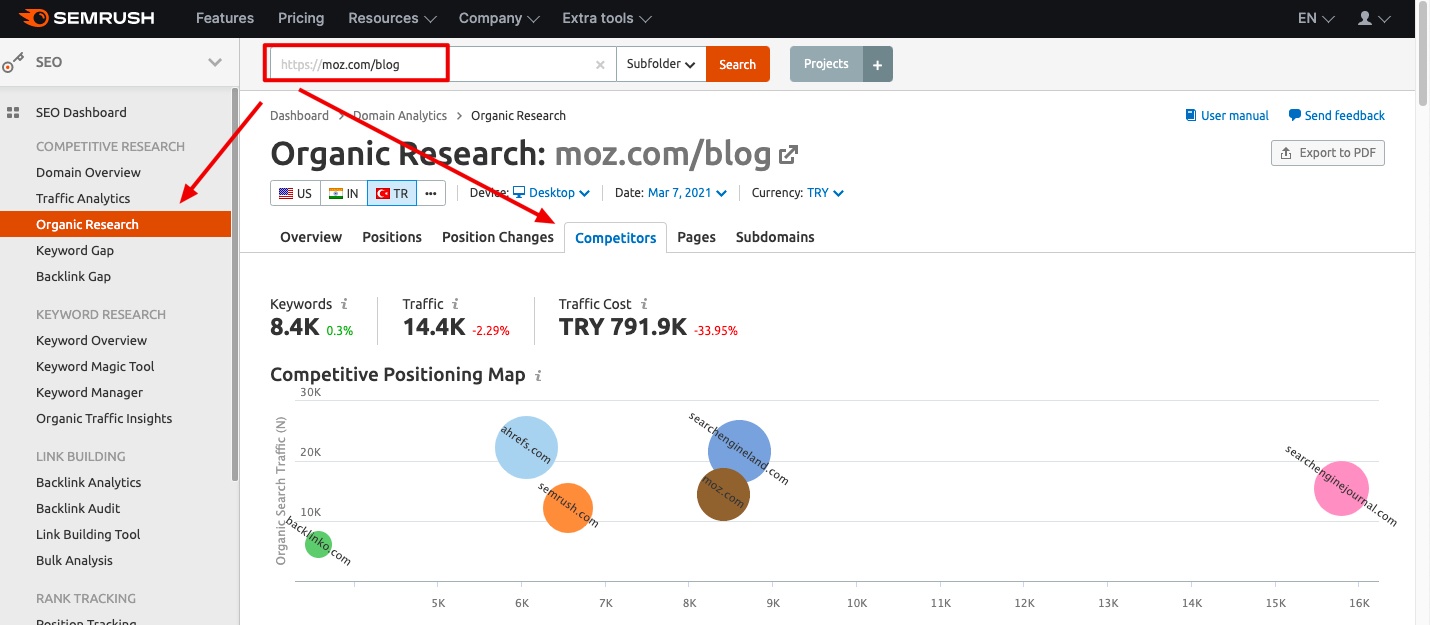
From this list, you can check out the competitors and find your content ideas as a beginning point.
In Ahrefs, you can use the Site Explorer menu to analyze your domain and find the website targeting similar keywords with your website.
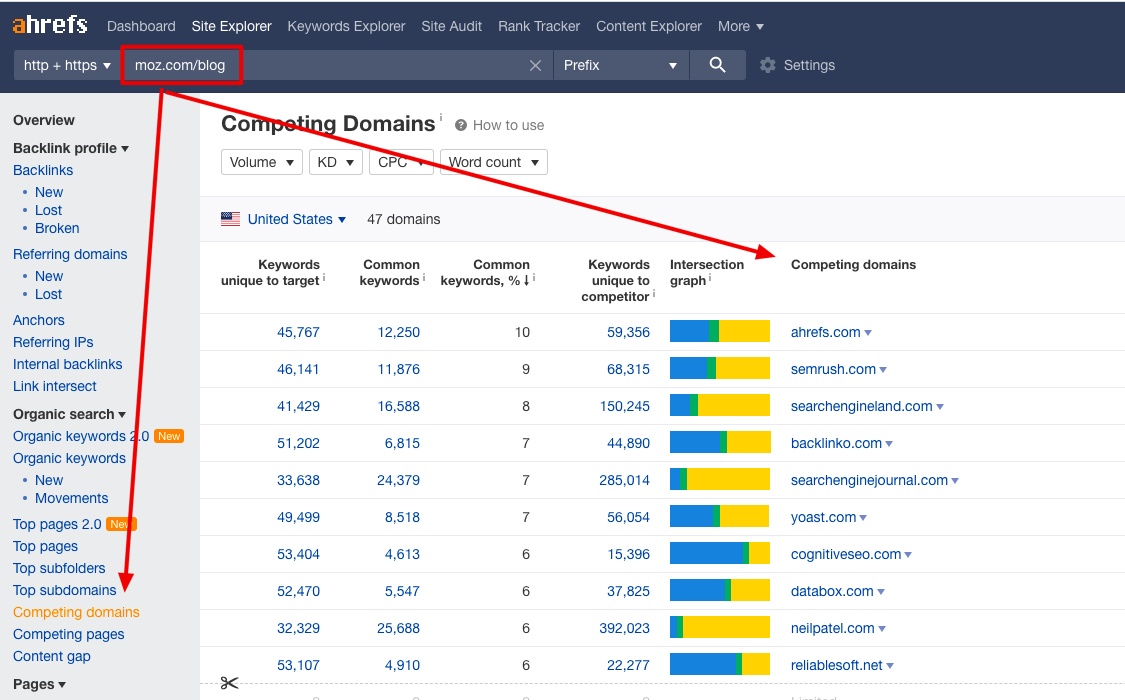
As well as common keywords, you can also analyze the competitor’s unique keywords. Every unique keyword of a competitor may turn into a perfect content opportunity for your website.
Now I want to go back to the basics, to the point you don’t own a proper SEO tool yet. If you have already published many articles, you can use a simple but effective Search Operator to find a blog that targets the same audience as you.
Just open Google, write “related:yourdomain”, and hit the search button. With this, all the similar pages to your blog or website will be listed.
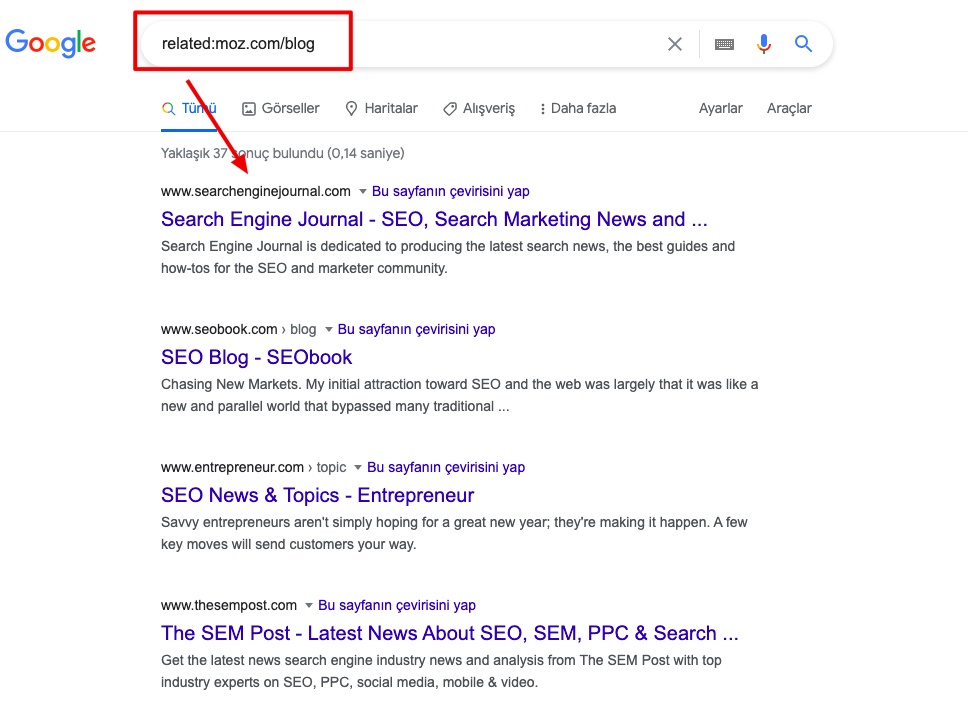
After that, you can go over and check the domains to find out whether they are completely your competition or not.
If you have just opened your website, there will be fewer results, but having one or two results to explore is always better than none.
Now Become Sherlock & Analyze Your Competitors’ Content
After finding out your competitors, you are ready to check out their content. You can always visit their blogs and check their articles one by one. However, this will be time-consuming to find if they have hundreds of articles.
Don’t worry! There are three useful tricks you can use here.
Trick 1: Use Google Search Operators
When you define your competition, you can get the list of their content indexed in Google with the help of “site:domain.com”.
If you have a specific topic or keyword related to your product in mind, you can combine it with “intitle:” Search Operator to find the pages including that keyword in their titles.

Then you are ready to analyze the content and create your own.
After you create your content, you can also try to find guest posting opportunities to promote your content with the combination of intitle: and inurl: operators, as Joshua Hardwick suggests in his detailed guide in which he also shares many other brilliant ideas that can be done with Google Search Operators.
Trick 2: Get the Help From Our Friendly Frog: Screaming Frog SEO Spider
As an alternative to Google Search Operators, you can visit Screaming Frog and crawl your competitor’s website. Of course, you should exclude some URL paths such as image, CSS, and JS to have an elaborate list. You can get the details about how to do that from this video:
After the crawl is finished, you will have a full list of your competition’s content. Again if you have a specific keyword in mind, use the below regex code to filter the URLs, H1 titles or meta titles, including that.
(keyword)(.*\1+)

Of course, you can export all the data and use filters to have the same results on an Excel file.
Trick 3: Make a Content Gap Analysis
If you have a SEMrush or Ahrefs account, you can also choose to make a gap analysis. While it is called “Keyword Gap” in SEMrush, we have the “Content Gap” option in Ahrefs.

The only thing you need to do is visit either menu, enter your domain and your competitors.
After that, the tools will make the magic and show what keywords the competitors rank for while your website doesn’t or for what keywords your website’s performance is weak against your competitors altogether with your competitors’ average positions and pages ranking for that keywords.
Thanks to that you can optimize your existing pages to rank better besides finding new content opportunities. That’s a perfect two birds with one stone situation!
Find the Intent Gap and Reach Your Target Audience like a Boss
Now that you find your competitors and analyze their content, you probably have your possible article topics. You are now ready to write.
It would be best if you didn’t forget that writing about the same topic without contributing with something different will not bring the visibility you hope for. That ship has already sailed.
To outrank the competition, filling your content with lots of keywords isn’t also enough.
You need to treat a specific content topic like a mystical puzzle and find the missing parts that your competitors can’t add to their articles. For that, you will need the thoughts and questions of your possible audience.
In order to find out what questions are asked about a specific topic; you can use a free Chrome extension called SEO Minion.
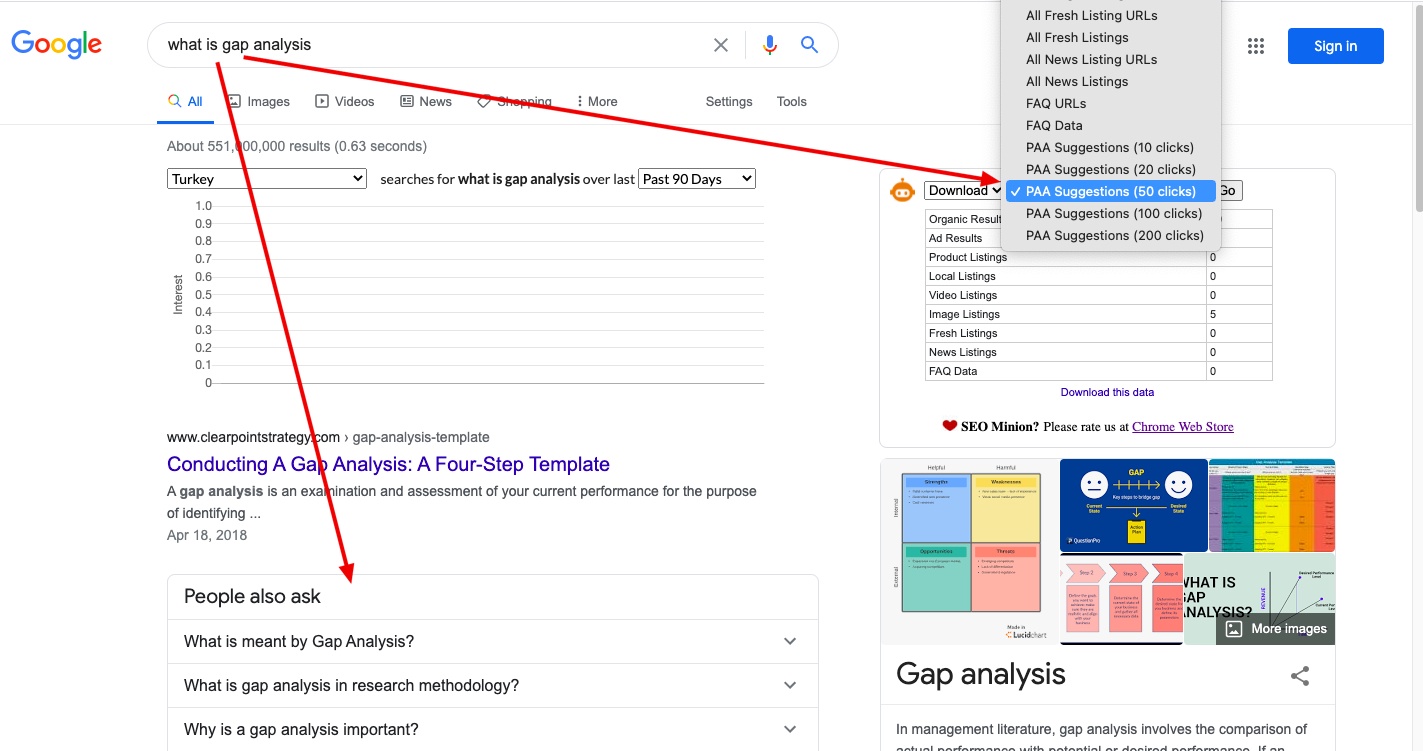
This tool helps you export the questions in the People Also Ask section along with the answers and page ranked for those questions as a CSV file.
This method mostly works these queries in question format. For a non-question keyword, you can use Alsoasked.com to find what people are searching for.
Thanks to either of these methods, you can analyze whether the pages ranked for these questions give proper answers to them or not. Then you can define your article outline and prepare more elaborate answers for your target audience.
I also give more details about how to use SEO Minion, Alsoasked.com and Google Question Hub in this video:
While making your outline to decide which level your content will target in your sales funnel, you can ask Brendon Hufford’s 4 effective questions to yourself:
- Are they searching for a solution to a problem?
- Does the search phrasing include a possible solution?
- Does the search phrasing include your product?
- Do they already know your solution is best for them?
With the help of the tools and questions above, you can detect the user intent correctly, write easier, and rank higher.
Please don’t forget most of the pages aren’t ranked at the top because they are perfect for every search intent. They may be ranked because there are no good alternatives to rank for that specific search intent.
Keep that in mind while writing your content. This is a perfect chance to shine like a star in the search results.
I will update these best practices periodically whenever I test and find something new.









